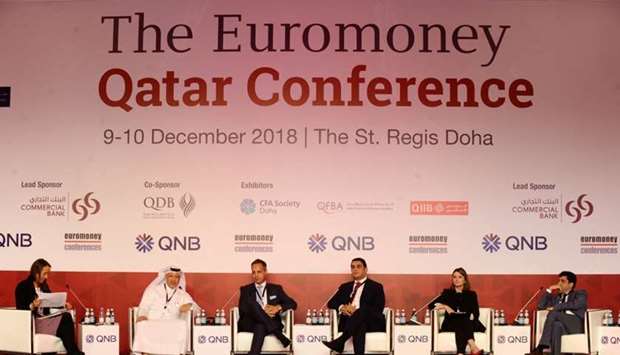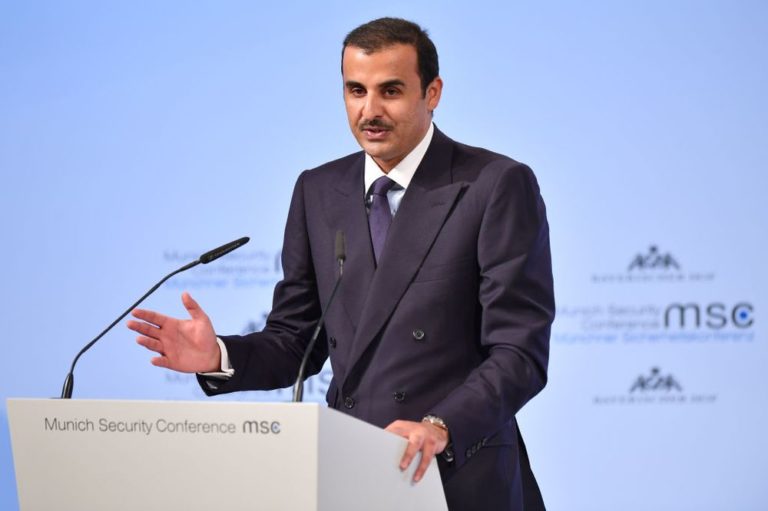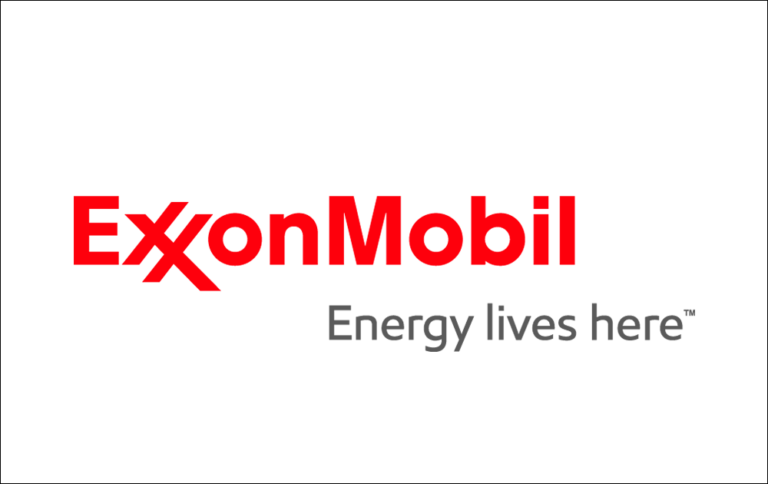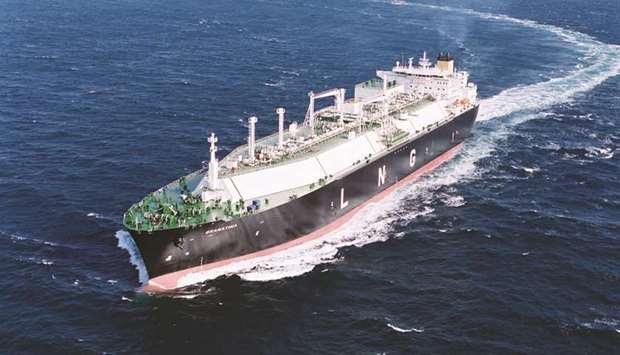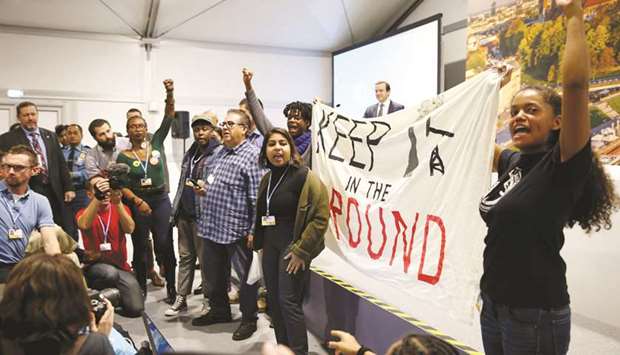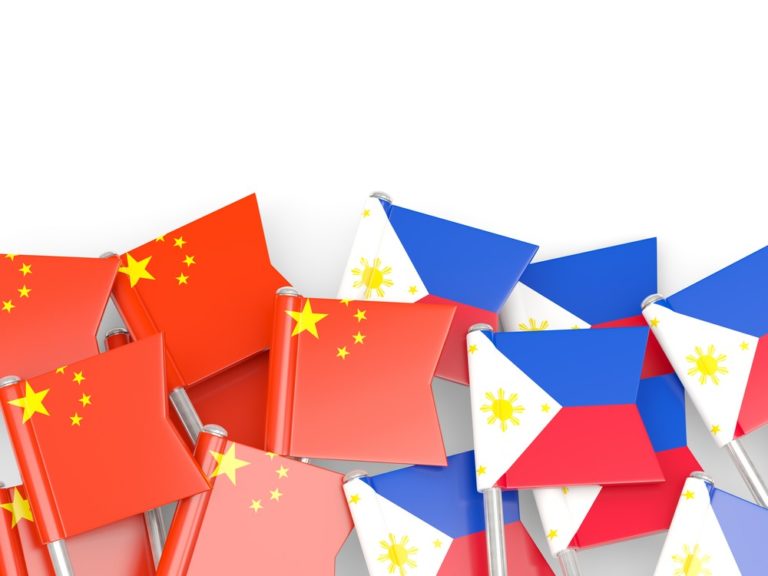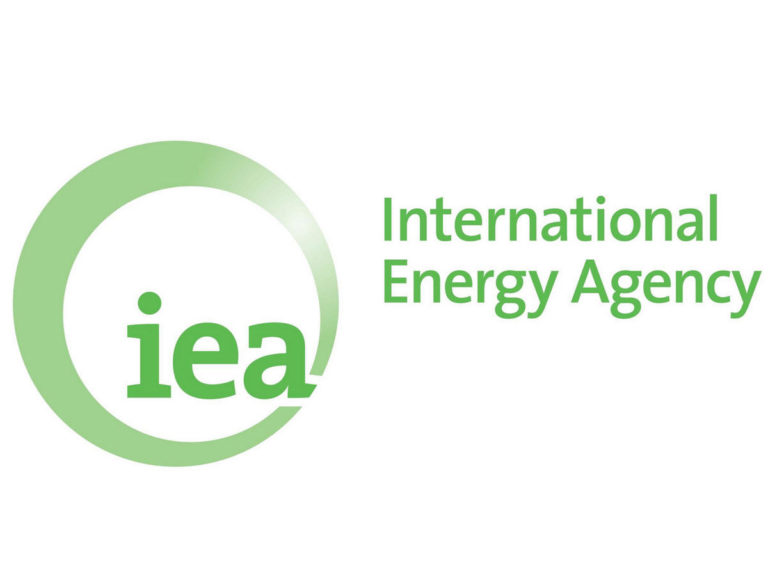Qatar partners Malaysia, Turkey to conquer Islamic finance market
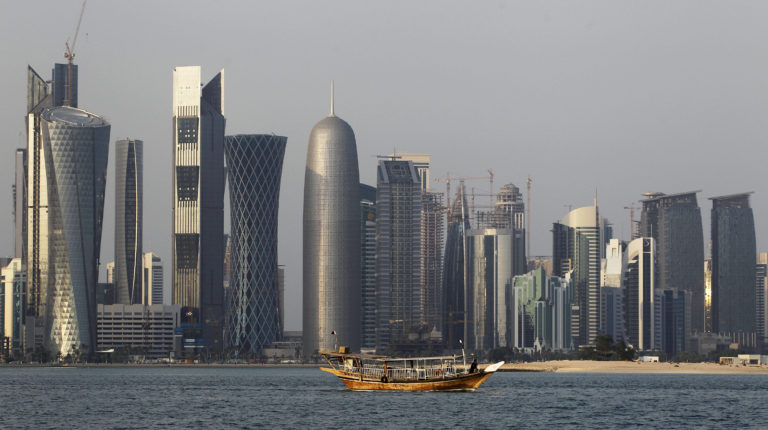
DOHA — Qatar is planning an ambitious new initiative with Malaysia and Turkey to serve the $2 trillion global Islamic finance market from hubs in the three countries using common platforms and technology, as part of efforts by the Gulf emirate to overcome a blockade imposed by its neighbors and diversify its economy away from oil and gas.
“We have a vision to cover the entire globe’s Islamic financial transactions between three financial centers: Doha, Istanbul and Malaysia,” said Yousef Mohamed Al Jaida, CEO of the Qatar Financial Centre in a group interview on the sidelines of the annual Doha Forum. “This requires international platforms and technology which we believe Qatar Financial Centre has.”
Under the plan, Turkey would cover Islamic finance needs in Europe, Qatar would serve the greater Middle East and Malaysia would sell to Asia, he added.
“That’s a big vision, we’re working on it and this is a new project,” Al Jaida said in the interview with the Nikkei Asian Review and a small group of other publications. Relations between Qatar, Turkey and Malaysia had “intensified recently and become a lot closer,” he added. “We share similar visions, we share similar progressive outlooks… so there’s a lot to be achieved between these three countries.” He did not give time scales for the project.
The London Stock Exchange is currently a global venue for the issuance of sukuk, while Hong Kong and Luxembourg have also made inroads but Qatar believes the market should be led by Muslim countries, Al Jaida said.
Malaysia is already one of the world’s biggest issuers of sukuk, or sharia-compliant bonds, with 34% of the global market last year. The Malaysian central bank signed a memorandum of understanding with the regulatory authorities of Qatar and Dubai in 2007 to promote mutual cooperation but efforts to consolidate the fragmented global Islamic finance industry have foundered in the past on regional rivalries and a lack of agreement on common standards.
The new Islamic finance initiative forms part of plans by Qatar, a Gulf emirate which is the world’s largest exporter of liquefied natural gas, to diversify its economy and grow away from its neighbors, four of which imposed a blockade on its borders and airspace last year.
The United Arab Emirates, Saudi Arabia, Bahrain and Egypt accused Qatar of sponsoring terrorism and cut off land, sea and air access demanding that Doha change its policies. Qatar rejects the accusations and says it is the victim of a hostile act which is illegal under international law.
Like other Qatari officials at the Doha Forum, Al Jaida described the blockade as a “blessing in disguise,” insisting that despite the considerable extra costs imposed, it had forced his country to become more self-sufficient in areas such as food production and to develop its port and air cargo infrastructure more quickly.
Before the blockade, Qatar imported almost all its food via its neighbors but government-funded emergency schemes to develop local agriculture have helped to fill the gap and increased trade with Iran, Turkey and Oman did the rest. State-owned Qatar Airways organized a massive air cargo operation to fly in imported essentials via a disused airport and the country rapidly expanded its own port facilities to replace the lost facilities of Jebel Ali in the UAE.
Qatar, which enjoys the world’s highest per capita GDP at purchasing power parity according to the World Bank, lost some growth momentum during the blockade and had to redirect $50 billion from its sovereign wealth fund and reserves to prop up the banking system and protect the exchange rate.
But now a more confident Qatar is pushing its financial center aggressively as an alternative to the longer-established and larger Dubai International Financial Centre, despite the irony of an isolated Gulf peninsula offering itself as a regional hub.
Al Jaida said the UAE had undermined the business model of Dubai as a regional hub during the blockade by forcing international companies operating in the region to set up an alternative base to serve Qatar. As a result, the number of foreign companies operating in the Qatar Financial Centre had grown by 100% since the blockade and Qatar now had the opportunity to challenge Dubai as a hub in the Gulf region.
Qatar has attracted foreign businesses by offering guarantees that Doha will be a cheaper base to operate from than Dubai, in return for a commitment to a minimum 10-year presence.
The Qatar Financial Centre offers 100% foreign ownership, a legal and judicial framework based on English law, 100% repatriation of profits and other regulatory advantages to attract businesses. It compares itself to Hong Kong in offering companies an access point to a wider market under internationally friendly terms.
